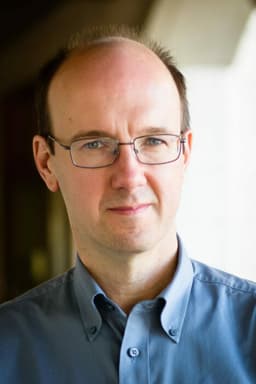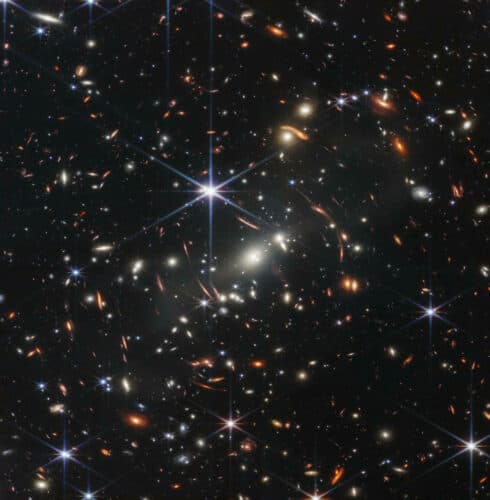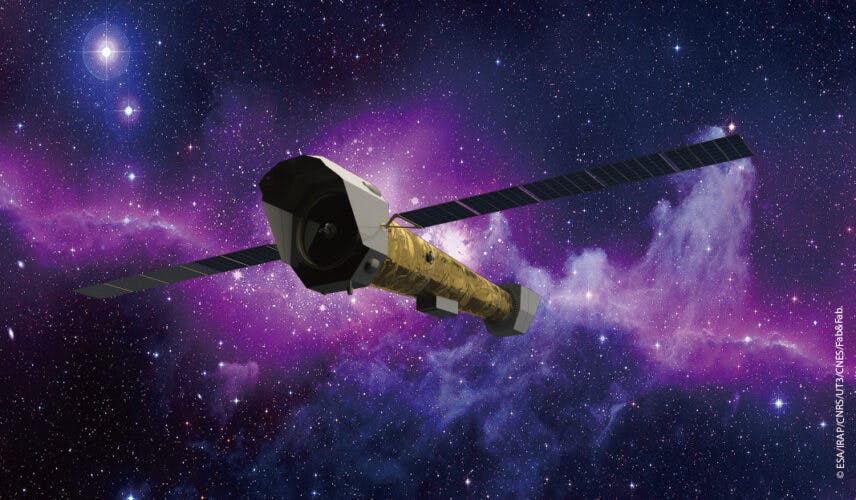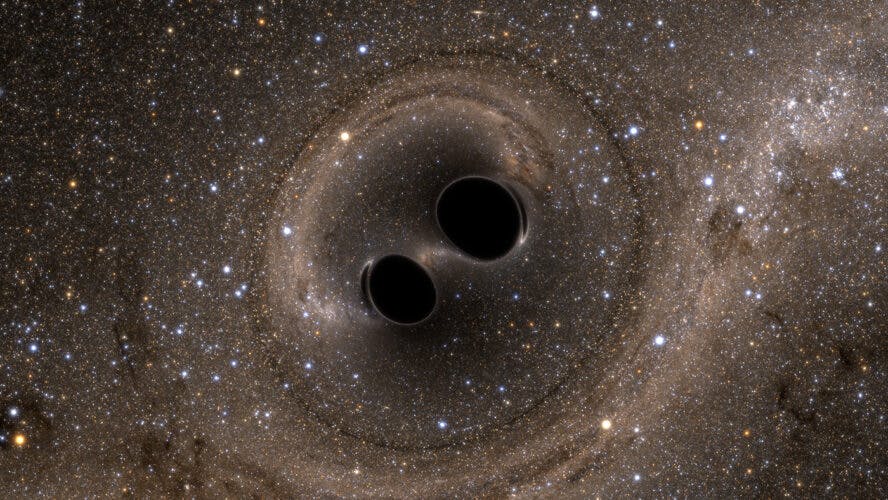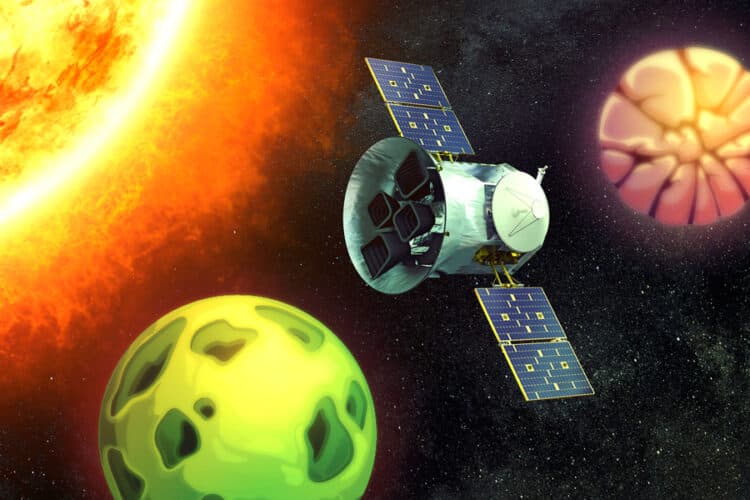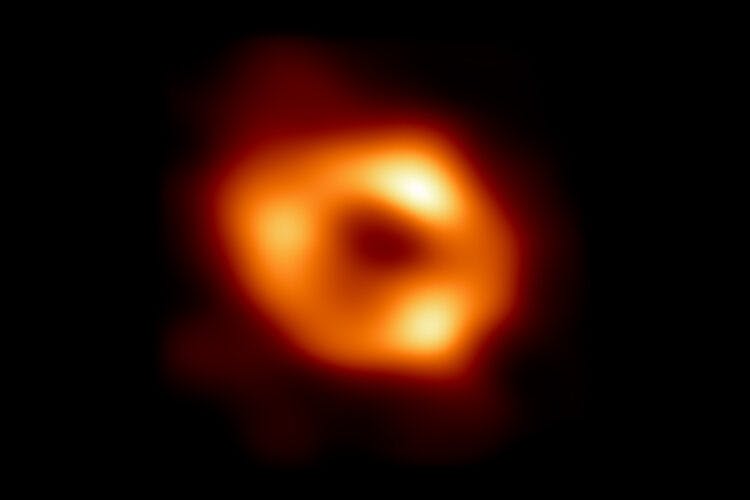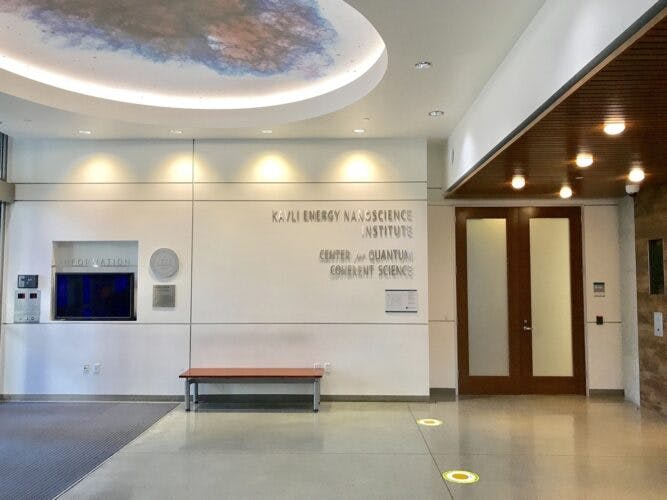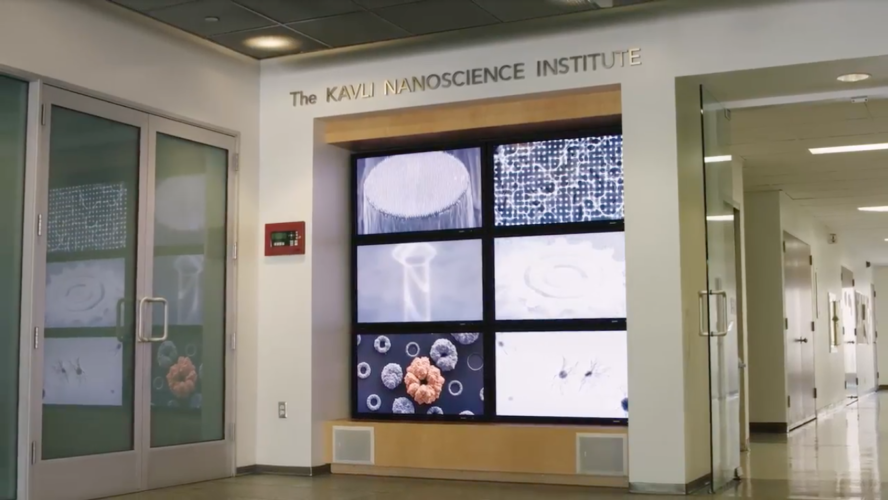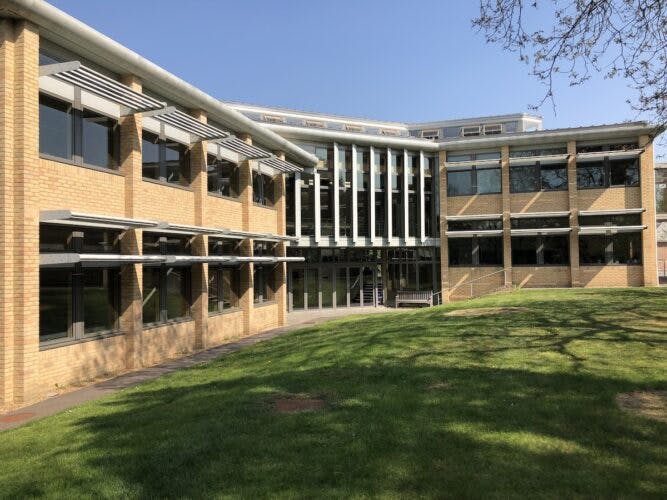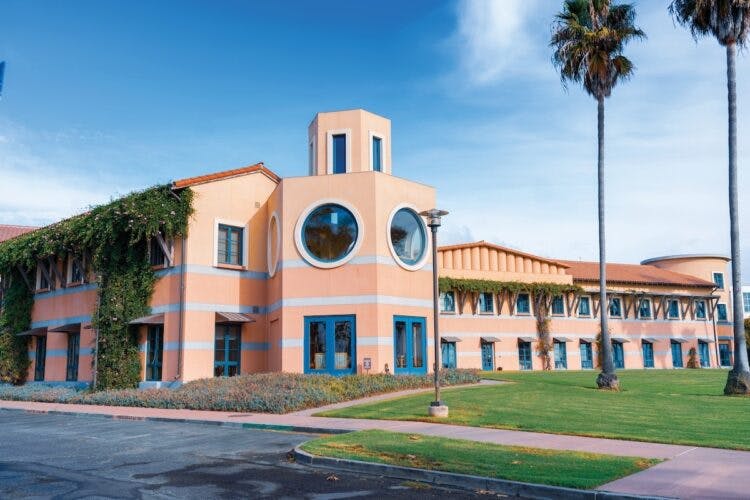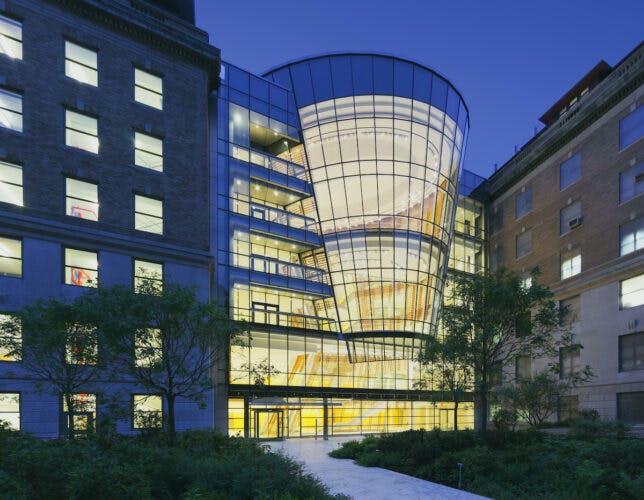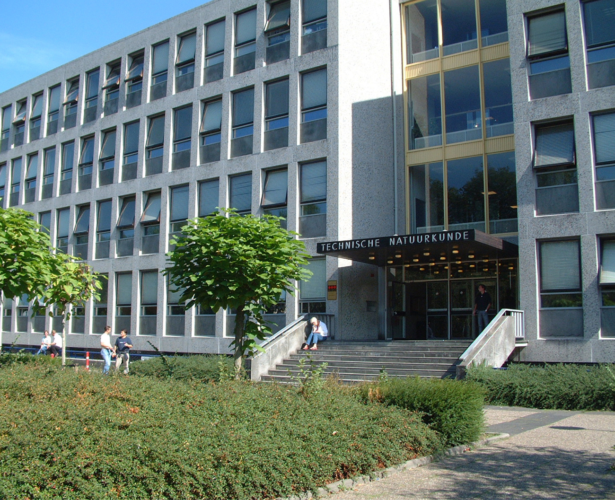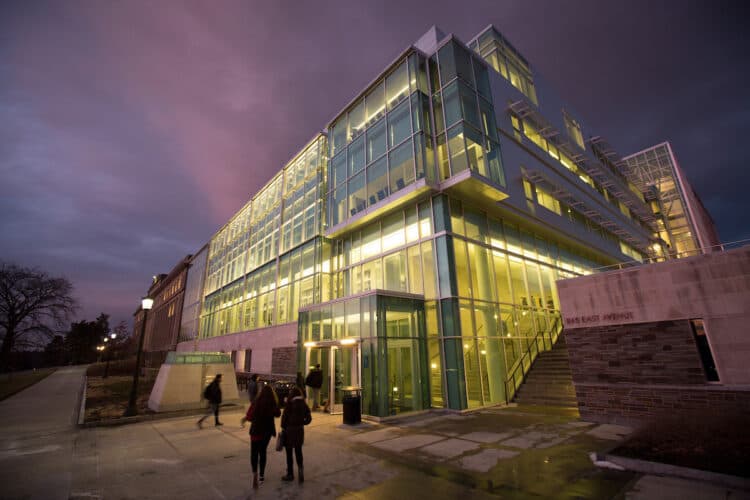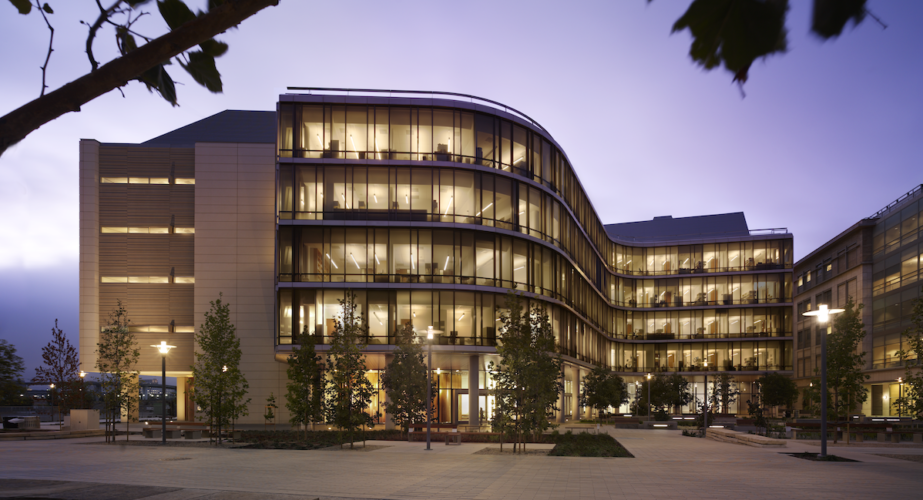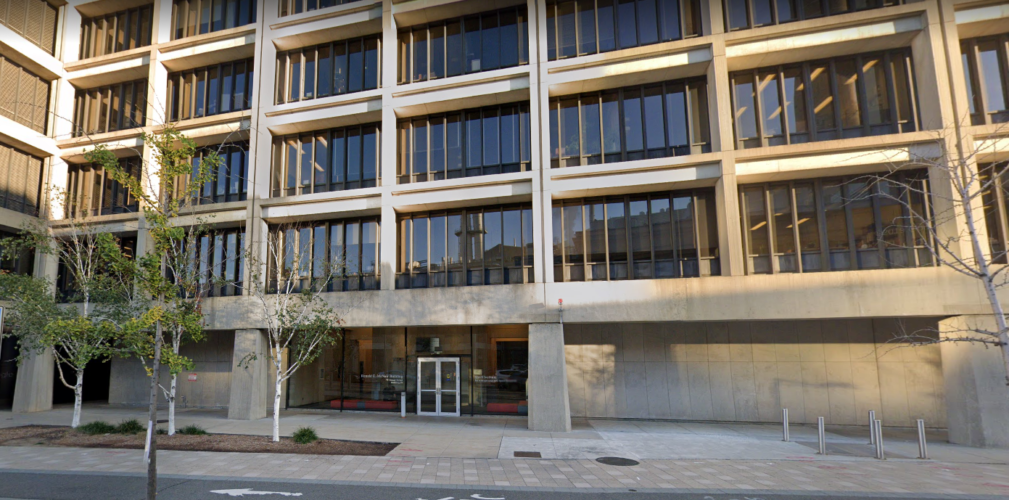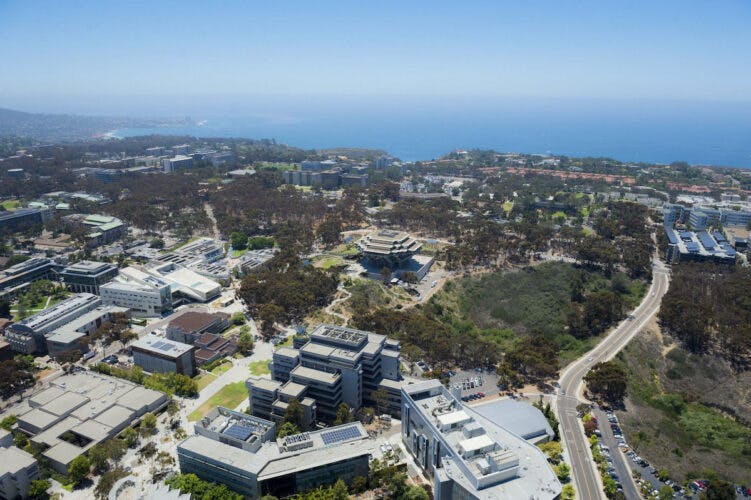
Stanford UniversityKavli Institute for Particle Astrophysics and Cosmology
Exploring nature in all its scales while seeking answers to fundamental questions about the origin, structure and composition of the cosmos
The Kavli Institute for Particle Astrophysics and Cosmology (KIPAC) is an independent laboratory of Stanford University, endowed by The Kavli Foundation and funded additionally by Stanford and the United States Department of Energy. With spaces both on the Stanford campus, including the Fred Kavli Building, and at the SLAC National Accelerator Laboratory, KIPAC includes more than 130 researchers as members, associates or affiliates.
FOUNDED 2003
Leadership
AREAS OF INQUIRY
- COSMOLOGY: KIPAC scientists study the largest features of the universe, including galaxy clusters and the cosmic microwave background (CMB) radiation left over from the Big Bang. It observes galaxy clusters to gain insights into their origin, the evolution of the universe, and the nature of dark matter and dark energy (see below). KIPAC is involved in efforts to measure the polarization in the CMB and to detect patterns that shed light on the very early “inflationary” stage of the universe.
- HIGH-ENERGY ASTROPHYSICS: KIPAC studies matter in states of extreme compression and energy, such as black holes and pulsars. This is a challenging realm for both theory and observation, where much of the matter is literally invisible and the forces at work may or may not follow the laws that apply elsewhere in the universe.
- DARK MATTER AND DARK ENERGY: Increasingly accurate observations of the universe have led to estimates of its total mass that greatly exceed the objects we can observe, leading to the conclusion that most matter is “dark” – undetectable by any known means. Astronomers also widely believe that a powerful force (“dark energy”) is working against gravity to spur the universe’s expansion. Drawing on both theoretical and experimental expertise, KIPAC is attempting to detect the particle that makes up the unseen dark matter, and to unlock the mystery of dark energy.
Legacy Survey of Space and Time

Featured News
Read more about the Kavli Institute for Particle Astrophysics and Cosmology at Stanford University
See all newsAstrophysics Research Highlights
Kavli astrophysics institutes researchers react to the first images from the long-heralded James Webb Space Telescope
Aug 05, 2022
Astrophysics Profile
As he eagerly awaits a next-generation x-ray space telescope, Kavli institute-affiliated researcher Dan Wilkins shares his enthusiasm for both conducting and communicating science
Aug 02, 2022
Astrophysics Profile
Kavli institute-affiliated researcher Adi Foord follows her inspiration while inspiring others
Jul 26, 2022
Astrophysics Research Highlights
Unimaginably large realms we will never physically travel are the domain of much of the science of astrophysics
Jul 15, 2022
Astrophysics Research Highlights
How the first-ever image of the monster black hole lurking in the heart of the Milky Way dispels any lingering uncertainty about the previously unseen object's nature
Jun 09, 2022
More Institutes
At Kavli Institutes around the world, scientists explore the frontiers of science in the fields of astrophysics, nanoscience, neuroscience and theoretical physics.
See all institutesAstrophysics
University of Chicago
Neuroscience
Columbia University
Nanoscience
University of California, Berkeley
Neuroscience
Yale University
Theoretical Physics
University of Chinese Academy of Sciences
Nanoscience
California Institute of Technology
Astrophysics
University of Cambridge
Neuroscience
Norwegian University of Science and Technology
Astrophysics
Peking University-Beijing
Theoretical Physics
University of California, Santa Barbara
Neuroscience
Johns Hopkins University
Neuroscience
Rockefeller University
Nanoscience
Delft University of Technology, Netherlands
Cornell University
University of Tokyo
Nanoscience
University of Oxford
Neuroscience
University of California, San Francisco
Massachusetts Institute of Technology
Neuroscience
University of California, San Diego, and the Salk Institute for Biological Studies

